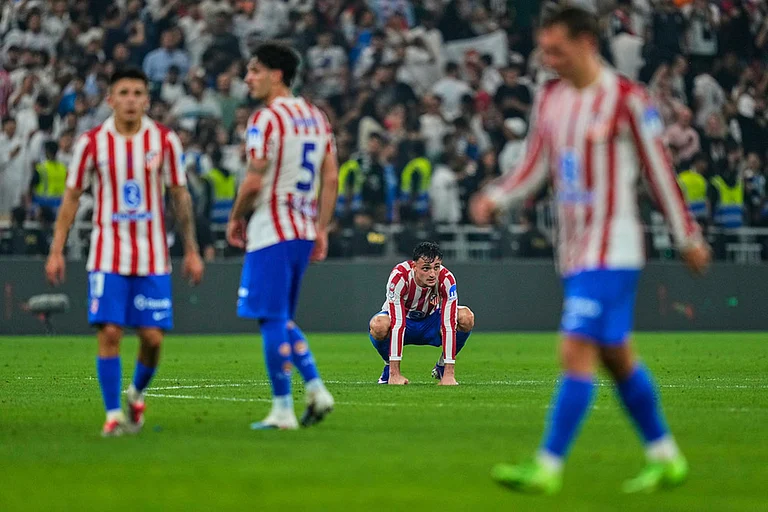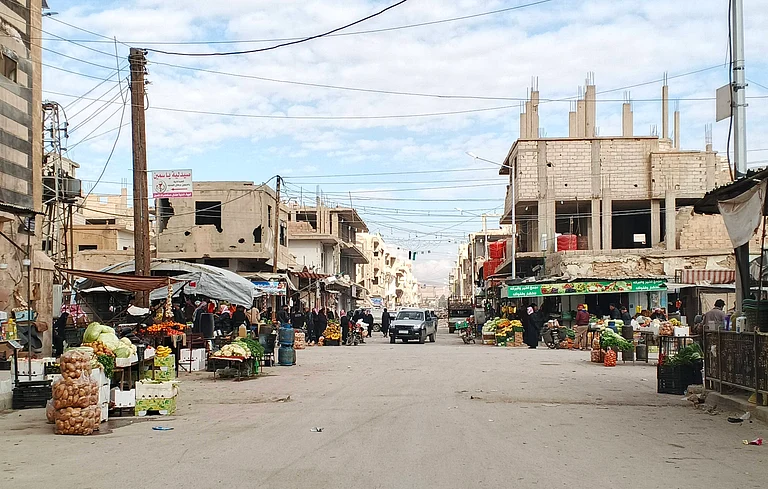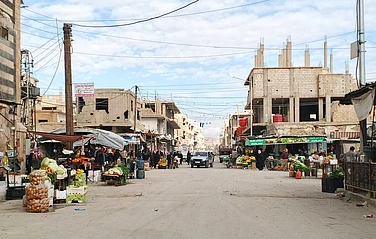It was February 24, 2022. Around 8 p.m., I received a call from the Embassy of India in Poland. I was asked to arrange accommodation and food for at least 250 students who were waiting at the Ukraine–Poland border. The war started at 6 a.m. and it was presumed that it would be over soon. However, with time, smoke covered the cities and we all realised, including the students, that it will not be a temporary one.
We frantically started calling several hotels across the border cities of Poland. Apart from Indians, hundreds and thousands of Ukrainians also crossed the border and took shelter in these cities, making it nearly impossible to find accommodation for our students. The hotels in this region were charging Euro 200–300 for a room, much more than the normal tariff.
As we started asking hotels and motels for accommodation for 250 students, some people thought it was a prank call. After trying for almost six–seven hours and attempting more than 160 calls, we finally could connect to a hotel owner Stanislaw Mazur, a doctor by profession, who agreed to help us. It was around 2 a.m. in the night when Dr. Mazur and his team arranged a few hundred beds at the convention centre of Hotele Prezydenckie.
Within another 72 hours, we already understood that the number of students escaping Ukraine was in thousands and we had a very few hotels left where we could accommodate them before they were sent back to India. Notably, the Government of India requested its Polish counterpart to allow the Indian students to enter Poland without visa on humanitarian grounds. And, exceptionally, a few students were even allowed to cross the border only with photocopies of their passports as they had left behind the ‘original’ in the rush. We, along with Embassy officials, ensured that students who had lost their passports were issued emergency certificate/travel documents without any hassle.
In the next seven–eight days, we found three more locations—Hotel Dwór Ostoya, Full Market and Centre for Health Promotion and Taraska—where we accommodated more than 6,000 students in the next two weeks. ‘Operation Ganga’ of the Indian government started on February 25 and by March 10, all Indian students stuck at the border had been safely evacuated.
During my regular interactions with the Embassy, we realised that we would need more reliable, seasoned people with a better understanding of Poland and India, who could also speak local language fluently and who could perform all necessary tasks assigned to them with full responsibility and dedication. We were closely working with the Ministry of External Affairs (MEA) and the Embassy to make sure that not a single Indian was left behind in the war-torn territory.
I can recall one incident on March 6. Around afternoon, we got to know that one of the Indian students called Harjot Singh had suffered bullet injuries at Kyiv. We received the information on a WhatsApp group ‘Evacuation Poland’, through which we were interacting and working with MEA. We immediately sent an ambulance and emergency medical team from our control room at Hotele Prezydenckie. The ambulance was scheduled to reach Budomierz border by 3–3:15 p.m. Harjot was brought to Lviv from Kyiv and then the ambulance took him back to the no man’s land at the border of Poland and Ukraine.
Harjot was taken back to India by an Indian Air Force plane and was accompanied by General (retd.) V.K. Singh. When we heard the news that he has survived, it was truly a relief for all of us.

The trauma that Indian students had suffered during those days is still fresh in my memory. They travelled from various cities of Ukraine to the border. For those living nearby, it was easy, but for those who were coming from central Ukraine, it was sometimes a journey of more than 10 hours.
They had to walk many kilometres in extremely cold weather to reach borders due to the non-availability of local transportation. On the one hand, they were trying to dodge the missile strikes and bombing attacks; on the other, they were fighting the inclement weather. Moreover, on the Ukraine side of the border, some had to wait for more than four days as thousands of people had gathered there to
escape the war.
However, as they entered the Polish side, there were excellent arrangements made by the Indian Embassy there. Food, stay, medication—everything was managed, and gradually the trauma of escaping a war-torn country someway or the other subsided.
There are still a few Indians in Ukraine. But they are there of their own free will. The Indian government has issued several advisories asking them to leave. As the war has escalated, we as Indian diaspora have been in touch with them and are ready to help them in any possible manner.
The situation on the ground is becoming more critical with each passing day. Inflation has reached the highest level in the last three decades—oil and gas prices have shot up impacting industries. Many businesses have closed down due to it. Interest rates have also drastically shot up, thus again affecting the level of consumption by people. Though all is not well in this region, there is still light at the end of the tunnel. Several medical students, who had left Ukraine in the middle of their studies, have shifted to Poland. On the goodwill of the Polish universities, they have been granted admission to the same semesters in which they had left. We have made a list of 15 Polish universities and have shared it with several students, who can connect to them for admission.
In this context, I recall the endurance the Indian Embassy and the students showed during the early days of the war. It would have been impossible for us to help them had they not shown the courage to travel for hours to the border. We, as a responsible Indian diaspora, worked to help them, but the actual credit goes to the Indian students and the government, who relentlessly fought those moments with nothing but resilience.
(This appeared in the print edition as "The Great Escape")
(Views expressed are personal) —As told to Abhik Bhattacharya
Amit Lath is Vice President of the Indo-Polish Chamber of Commerce and Industry in Poland.





















